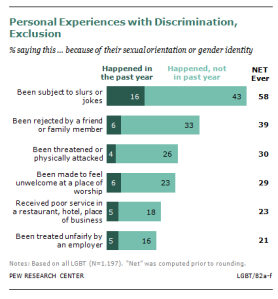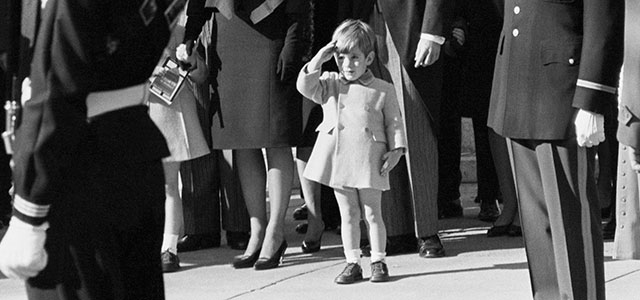

The 50th anniversary of the death of John F. Kennedy has generated a barrage of television programming — so much so that the New York Times characterized the phenomenon as TV’s effort to recapture “a moment of rapt, uninterrupted and wholly unprecedented attention.”
Indeed, TV audience and survey data from the days immediately following Nov. 22, 1963 reinforce that description of what happened in American homes during that national trauma. The nation collectively tuned in to non-stop coverage that pioneered a new form of wall-to-wall television news delivery. Veteran CBS newsman Bob Schieffer told Reuters, “The Kennedy assassination became the template for coverage,” while Newseum official Patty Rhule called it the moment when “America became a TV nation.”
Nielsen, the leading provider of television audience data, measured the percentage of U.S. television homes with their sets on in the period from Nov. 22-25, 1963. And although the data do not allow for meaningful comparisons of that audience to today’s, the numbers reflect the degree to which U.S. citizens were riveted to post-assassination coverage.
- 45.4% of America’s homes with a television (a total of 51.3 million homes) had their sets turned on at 2:45 p.m. on Nov. 22, after White House confirmation of President Kennedy’s death.
- 65.8% of the homes with TVs had their sets in use at 6:15 p.m. on Nov. 22, as the new President, Lyndon Johnson, was speaking to the American people following his return to Washington.
- 47.2% of U.S. television homes had their sets on at 12:30 p.m on Nov. 24, moments after Jack Ruby shot and killed Lee Harvey Oswald on live TV as he was walking through the basement of Dallas Police Headquarters.
- 81% of U.S. television homes had their sets on as the caisson carrying Kennedy’s body arrived at Arlington National Cemetery—the biggest audience of that four-day period, according to Nielsen—at 3 p.m. on Nov. 25.
While the Nielsen numbers monitored the television audience at key moments, a survey conducted by the independent research organization NORC at the University of Chicago provides a sense of how long people stayed glued to the television or radio sets in the aftermath of Kennedy’s killing.
The survey asked Americans how much time they spent listening to radio or watching television while special coverage aired in the days after the event. And the numbers were very large and remarkably consistent. On each of the four days from Nov. 22 through Nov. 25, between 72% and 75% of respondents said they tuned in for a minimum of five hours of coverage. And more than 40% reported watching or listening to at least nine hours of special television and radio programming each day.
The impact of the trauma—and perhaps of absorbing all that coverage—was also seen clearly in the NORC survey results. In the wake of the Kennedy shooting, 68% of respondents reported feeling very nervous and tense, 48% had trouble getting sleep and 43% said they didn’t feel like eating.